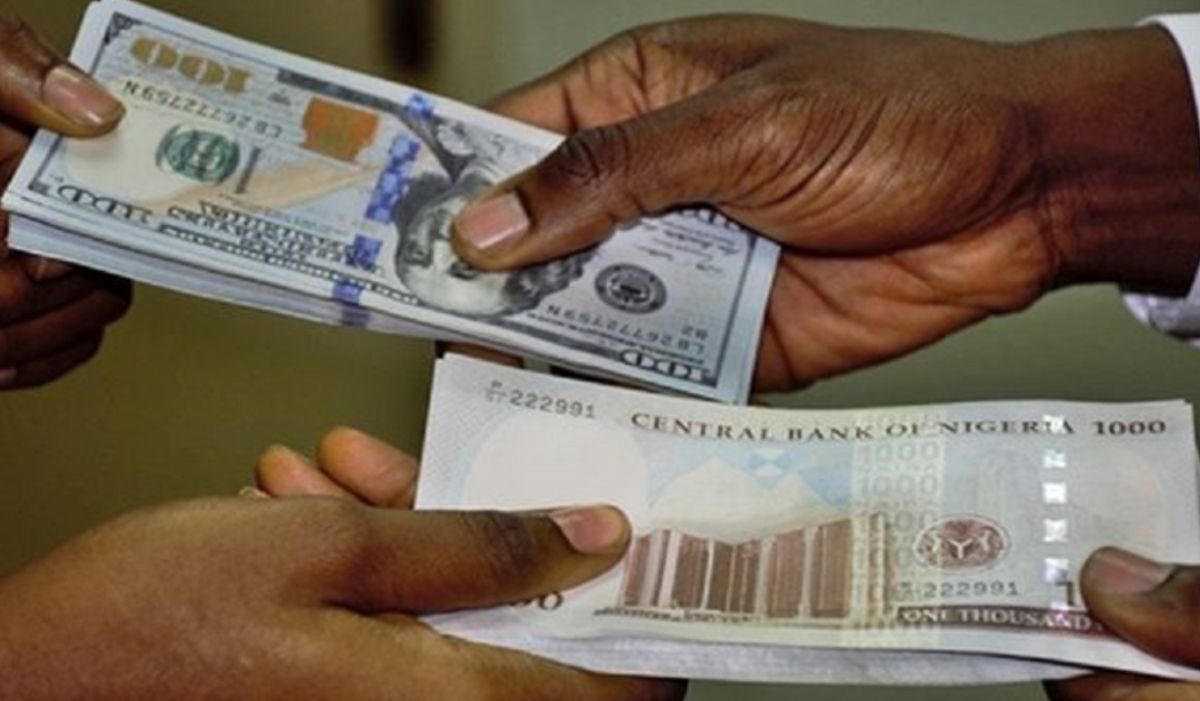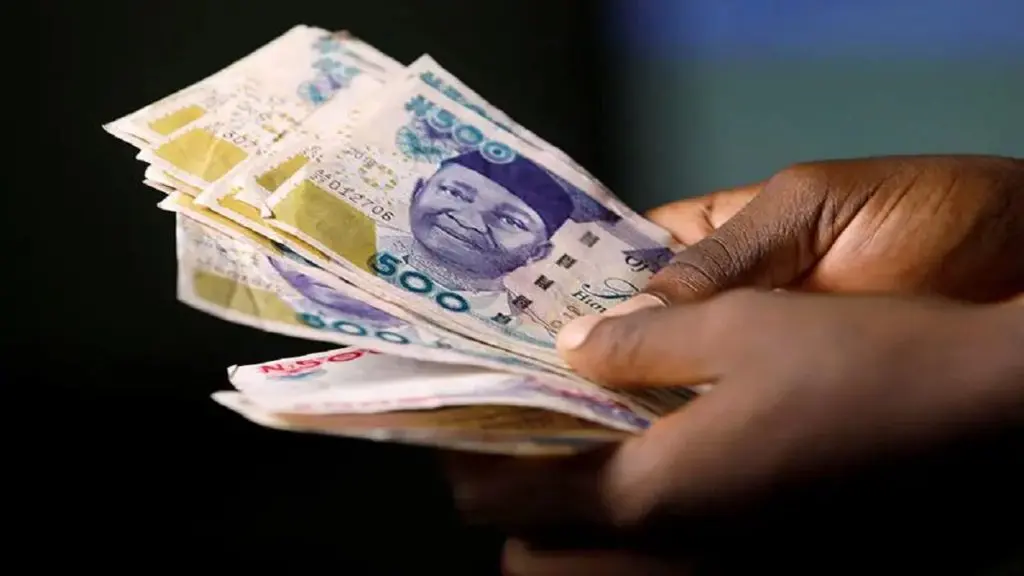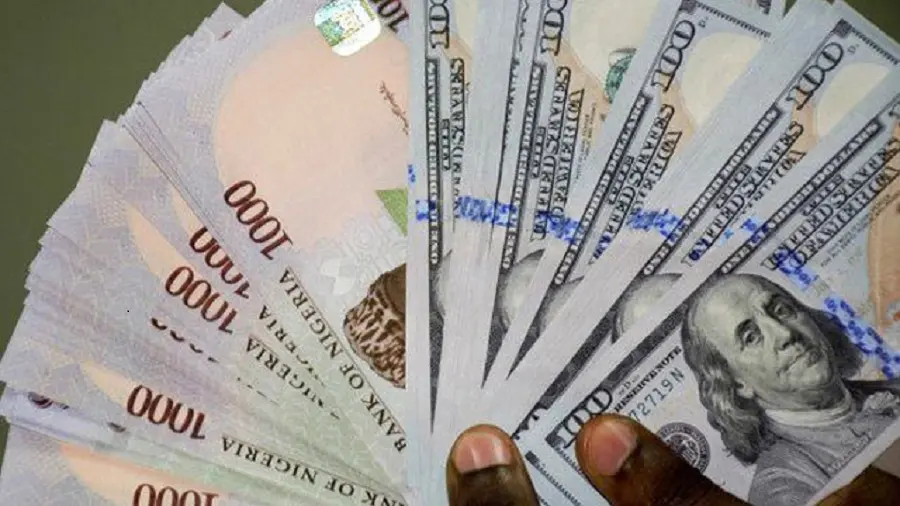Naira Gains Amid Dollar Inflows, Sustained Reforms Bolster Confidence

The Nigerian naira appreciated across both official and parallel currency markets on Tuesday, July 1, 2025, building on a trend of relative stability backed by ongoing economic reforms and stronger dollar inflows.
In the official Nigerian Foreign Exchange Market (NFEM), the naira rose slightly by 14 kobo to close at ₦1,529.57 per U.S. dollar, improving from ₦1,529.71 recorded a day earlier, according to Central Bank of Nigeria (CBN) data.
In the informal market, the local currency strengthened further, appreciating by ₦10 to finish at ₦1,560 per dollar—an increase of 0.6 per cent from the previous day’s ₦1,570 rate.
Last week, dollar liquidity in the foreign exchange market received a significant boost due to inflows from foreign portfolio investors and increased sell-side participation. This improvement in supply underpinned a modest naira appreciation of ₦6.43, closing at ₦1,545.20 per dollar, according to a report released by Access Bank.
Looking ahead, analysts expect that consistent inflows from FPIs will maintain pressure on exchange rates, provided the current investment momentum continues. “Sustained FPI inflows are expected to keep downward pressure on exchange rates in the near term,” said analysts at Access Bank.
On a larger scale, Africa’s currency markets saw divergent performances over the past year, with Nigeria, South Sudan, and Zimbabwe suffering the steepest depreciations against the U.S. dollar, according to new data compiled by Afreximbank and other regional sources.
The Nigerian naira experienced the continent’s largest decline, falling 131.8 per cent year-on-year from ₦636.13 to ₦1,474.60 per dollar. This sharp depreciation occurred amid the Central Bank of Nigeria’s efforts to harmonise multiple exchange rates and encourage foreign investment, despite ongoing forex shortages and elevated inflation.
Following closely, South Sudan’s pound dropped by 131.1 per cent within the same timeframe, depreciating from 930.33 to 2,150.00 per dollar. Analysts attribute this to continued economic instability and conflict-related disruptions, particularly in oil production, the country’s primary source of foreign exchange.
Zimbabwe’s currency also continued to struggle, losing 55.6 per cent of its value from 3,509.17 in 2023 to 5,460.00 in 2024. The decline followed an extreme depreciation of over 835 per cent in the previous year. Despite reform efforts, the country still faces hyperinflation, low public confidence in monetary policies, and pressure from dollarisation.
Other currencies that saw significant depreciation include:
- Malawi: -53.7%
- Ethiopia: -51.7%
- Egypt: -47.9%
All three countries are battling high debt servicing costs, structural reform pressures, and conditionalities tied to international lending arrangements, such as those from the International Monetary Fund.
Meanwhile, the Ghanaian cedi declined by 28.6 per cent in 2024, after previous sharp losses in 2022, reflecting ongoing external financing difficulties. Angola’s kwanza and Zambia’s kwacha also weakened by 27 per cent and 29.4 per cent, respectively, pointing to fiscal challenges in resource-dependent economies.





